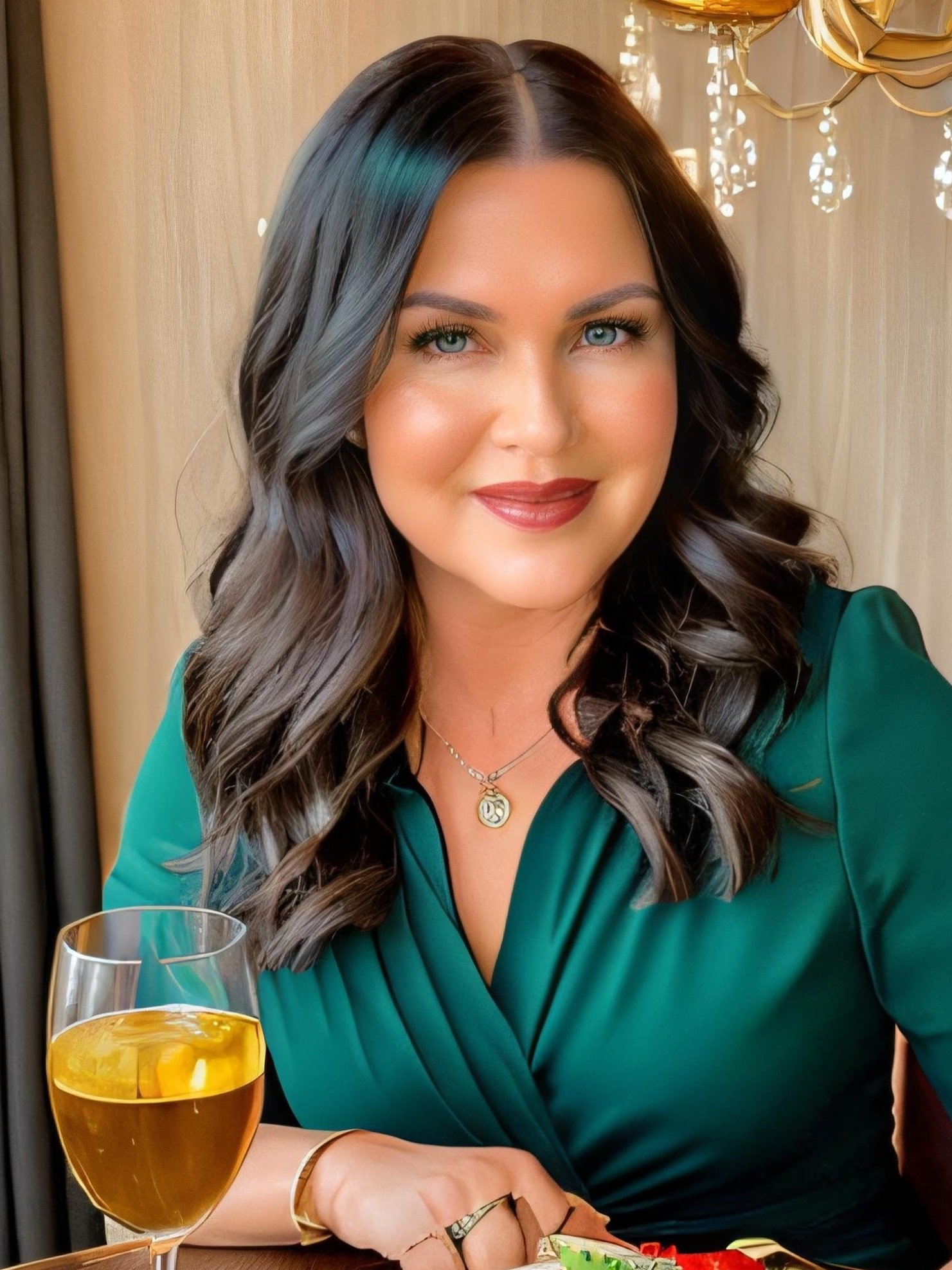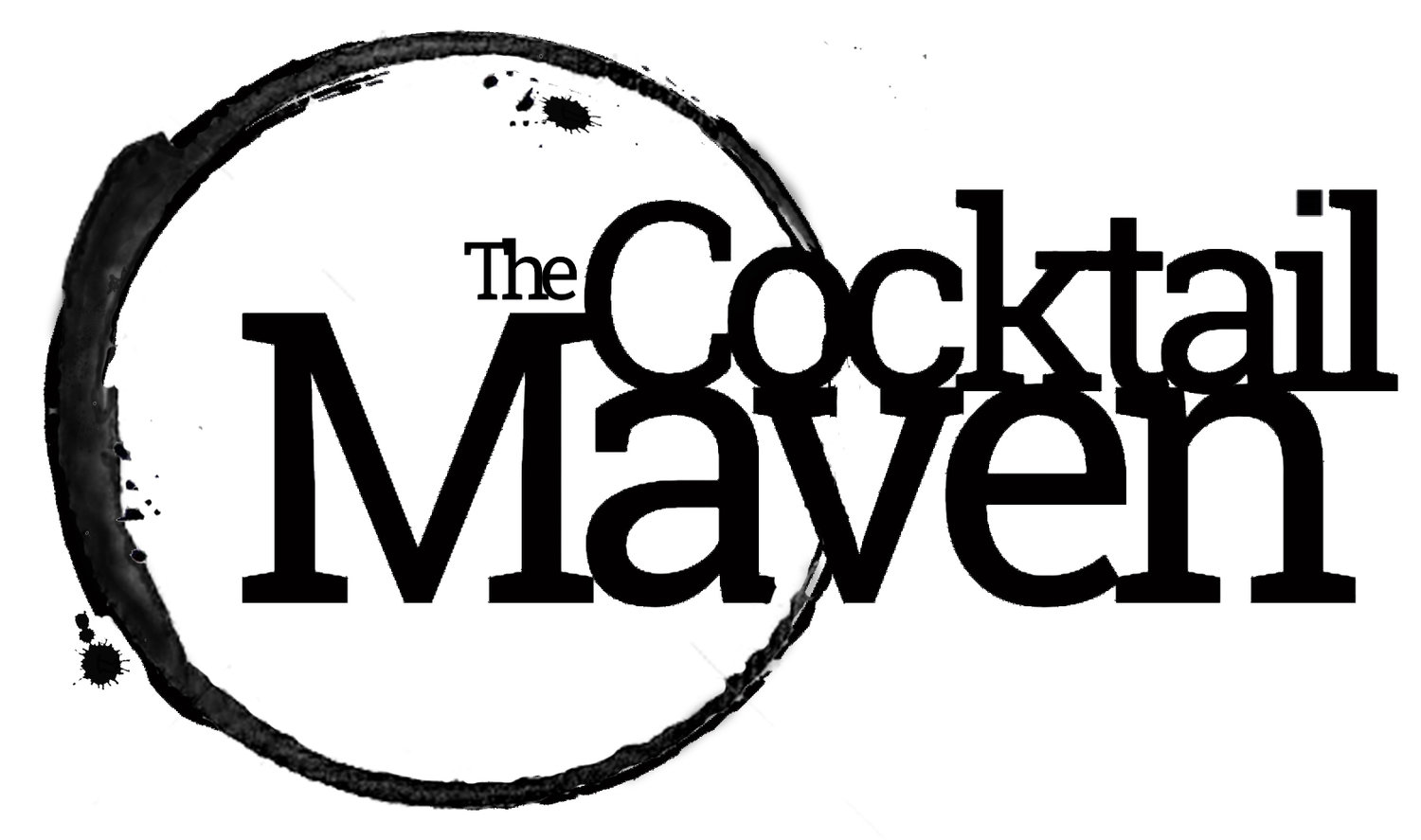Celebrating Women's History Month - Part 1
I had opportunity to partner with Erica Rode, the owner of Bitters Bar & Food here in Phoenix to celebrate women’s history month. We selected four local women in the food and beverage industry and asked to pick a woman from history that inspires them and create a drink in their honor. The drinks were featured one each week with the story of the women from history and the drink creator made to look like an old newspaper ad. As a culminating celebration we had an event with a tasting of all 4 drinks where I had the opportunity to spend an hour telling the story of all the women featured. It is probably one of the most fun events I have ever done. I will include all four stories here on my blog for your enjoyment. Let’s dive into the first.
Week one “newspaper” featuring Nina Simone, Jordan Hooks and her cocktail honoring Nina Simone.
Nina Simone was one of the most extraordinary artists of the twentieth century, an icon of American music with a career spanning four decades. She was the consummate musical storyteller, who used her remarkable talent to create a legacy of liberation, empowerment, passion, and love through a magnificent body of works. She earned the moniker ‘High Priestess of Soul’ for she could weave a spell so seductive and hypnotic that the listener lost track of time and space as they became absorbed in the moment.
Born Eunice Kathleen Waymon in Tryon, North Carolina on February 21st, 1933, Nina’s prodigious talent as a musician was evident early on when she started playing piano by ear at the age of three.
As a girl in North Carolina
Her mother, a Methodist minister, and her father, a handyman and preacher himself, couldn’t ignore young Eunice’s God-given gift of music. She played piano – but didn’t sing. Able to play virtually anything by ear, she was soon studying classical music. It was from these humble roots that Eunice developed a lifelong love of Bach, Chopin, Brahms, Beethoven and Schubert.
Simone’s inspiration to become involved in the Civil Rights Movement of the 1960’s is due to an incident at her first ‘concert’ at the age of 12. Here, her parents were moved to the back of the Church theatre in order to make space for White People at the front. Angered that her parents might miss her recital, Nina refused to perform until her parents were reinstated at the front of the theatre - and they were.
After graduating valedictorian of her high school class, the community raised money for a scholarship for Eunice to study at Julliard in New York City before applying to the prestigious Curtis Institute of Music in Philadelphia. Her family had already moved to the Philadelphia, but Eunice’s hopes for a career as a pioneering African American classical pianist were dashed when the school denied her admission. To the end, she herself would claim that racism was the reason she did not attend.
To survive, she began teaching music to local students. One day in 1954, looking to supplement her income, Eunice auditioned to sing at the Midtown Bar & Grill on Pacific Avenue in Atlantic City, New Jersey. Word spread about this new singer and pianist who transformed the likes of Gershwin, Cole Porter, Richard Rodgers, and the like, into a unique blend of jazz, blues, and classical music. Her rich, deep velvet vocal tones, combined with her mastery of the keyboard, soon attracted club goers up and down the East Coast. In order to hide the fact that she was singing in bars, Eunice’s mother would refer to the practice as “working in the fires of hell”, overnight Eunice Waymon became Nina Simone by taking the nickname “Nina” meaning “little one” in Spanish and “Simone” after the actress Simone Signoret.
At the age of twenty-four, Nina came to the attention of the record industry and she signed her first deal. Her reputation as an engaging live performer grew, it wasn’t long before she was asked to perform at the prestigious Newport Jazz Festival. Her records were haunting but it was the live performances that captured the hearts of America.
She also became increasing unsettled by the world around and felt the need to use her music to incite and encourage social change, as she used her platform to amplify the voice of black people and black females in particular.
Despite her wide range of styles, there was one overarching theme in her repertoire; racial inequality. Simone had always performed songs that reflected her African-American heritage such as “Brown Baby” and “Zungo” from her album At the Village Gate (1962). Nina was deeply affected by the killing of Medgar Evers and the four girls in Birmingham to act as catalysts for a transformation of Nina’s career.
Her first explicitly political song was “Mississippi Goddam”, written in direct response. In spit of its relatively tame lyrics and moderate demands — “All I want is equality for my sister, my brother, my people and me” — the song was banned in several southern US states. Dozens of other songs- “Old Jim Crow”, “Backlash Blues”, “Why (The King of Love is Dead)” further cement Nina Simone’s position as a mouthpiece at the forefront of of the civil rights movement.
Nina was an advocate of violent protest and personified the taboo emotion “black rage”. Instead of being hopeful and confident, her songs were written from the perspective of a black woman out of patience, with little hope for the future of America (and perhaps rightly so). Her music erupted from her like a bullet, aimed to kill and expressing black rage in a way never heard before. Nina herself said that through using her music to address civil rights issues she found “a purpose more important than classical music’s pursuit of excellence.”
From then on, a Civil Rights message was standard in Simone’s recording repertoire, becoming a part of her live performances. Simone performed and spoke at many civil rights meetings, such as at the Selma to Montgomery marches. Simone advocated violent revolution during the civil rights period, rather than Martin Luther King’s non-violent approach, hoping that African Americans could, by armed combat, form a separate state. Nevertheless, she wrote in her autobiography that she and her family regarded all races as equal.
She spent a good deal of the 1970’s and early 1980’s living in Liberia, Barbados, England, Belgium, France, Switzerland and The Netherlands to evade the authorities and prosecution for unpaid taces during the Vietnam War, Simone stayed in Barbados for quite some time, having an affair with the Prime Minister, Errol Barrow. A close friend, singer Miriam Makeba, then persuaded her to go to Liberia. Later, she lived in Switzerland and the Netherlands, before settling in France in 1992.
So whilst Nina Simone may not have the same legacy as Rosa Parks, Simone’s legacy was on the airways, in the background telling everyone of the struggles every African-American endured, even if they did not want to hear. As such, it is impossible to know the true extent of Nina’s actions; yet to acknowledge her work and not it’s influence, would serve as an injustice to her success, for Racial inequality was the basis for her work, her accolades, and success.
With two marriages behind her in 1993 she settled in Carry-le-Rout, near Aix-en-Provence in Southern France. She would continue to tour through the 1990’s and became very much ‘the single woman’ she sang about on her last label recording. She rarely traveled without an entourage, but if you were fortunate enough to get to know the woman behind the music you could glimpse the solitary soul that understood the pain of being misunderstood. It was one of Nina’s many abilities to comprehend the bittersweet qualities of life and then parlay them into a song that made her such an enduring and fascinating person.
Nina Simone died in her sleep at her home in Carry-le-Rout, Bouches-du-Rhone on April 21, 2003. Her funeral service was attended by Miriam Makeba, Patti Labelle, poet Sonia Sanchez, actor Ossie Davis and hundreds of others. Elton John sent a floral tribute with the message, “You were the greatest and I love you”. And the legacy continues…
— This article is a compilation of dozens of sources and is meant for oral presentation. Email for specific credit.
The Peaches Cocktail by Jordan Hooks - Featuring Hendrick’s Gin, Elderflower, Peach, Lemon, Blueberry, Bitters & Mint.
Jordan Hooks, Assistant Manager Bitters Bar & Food









